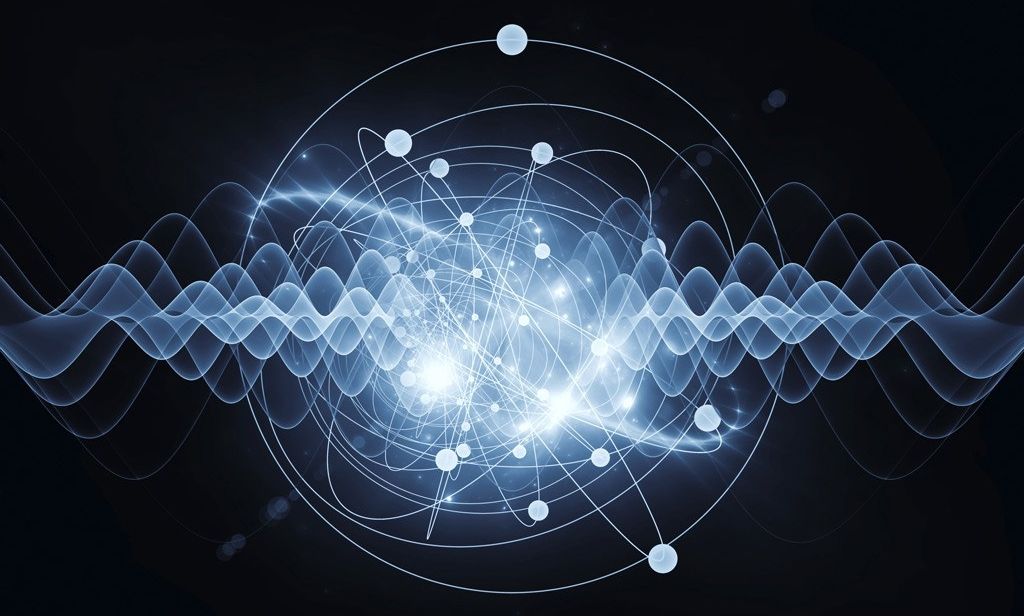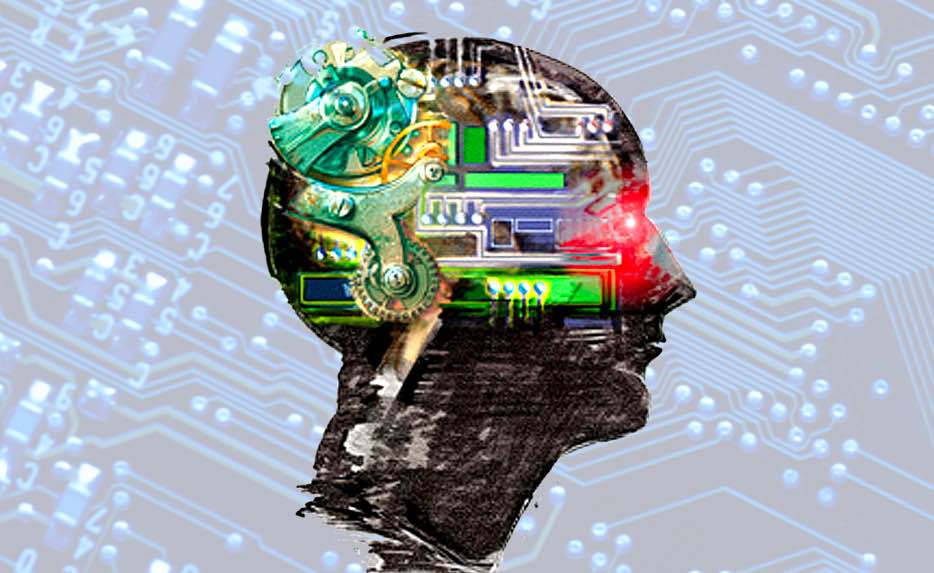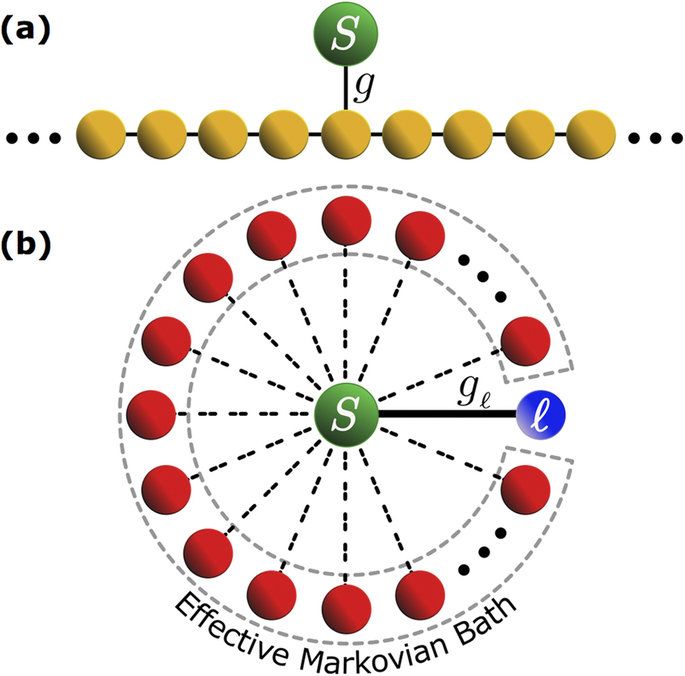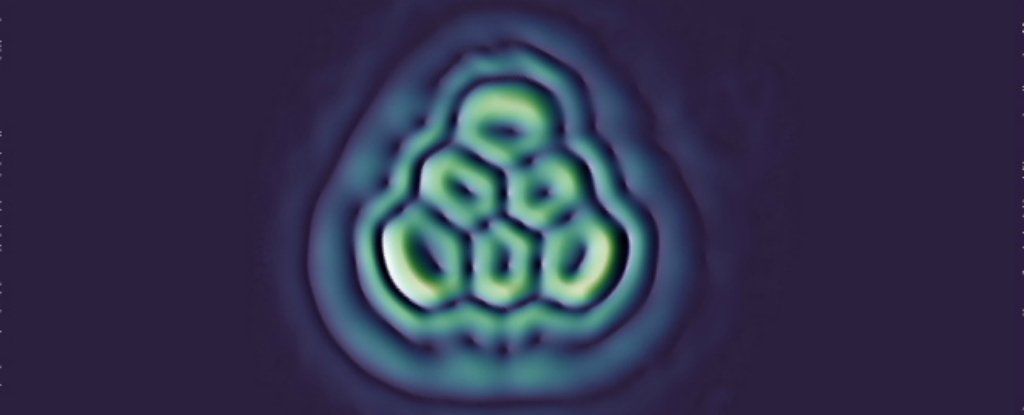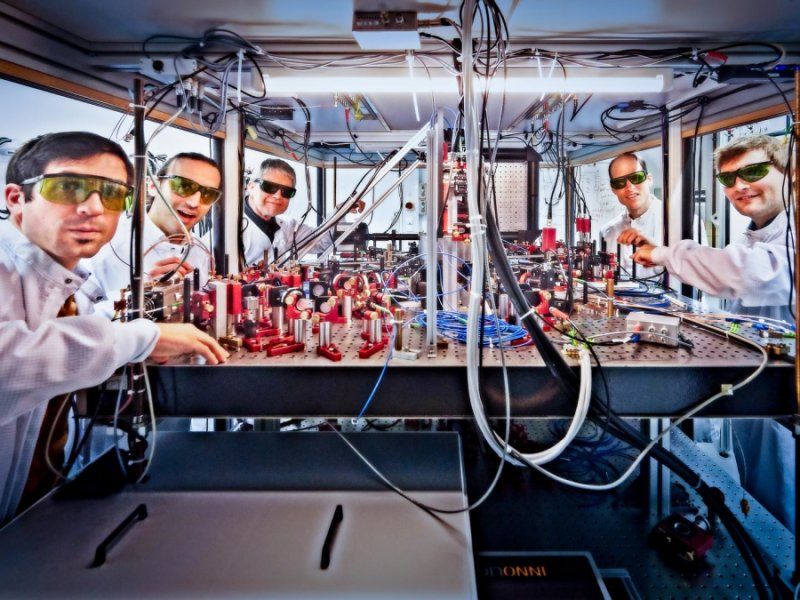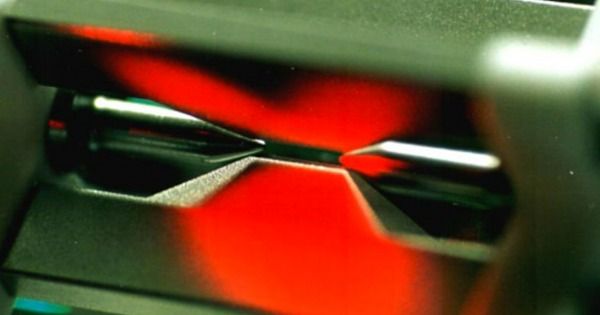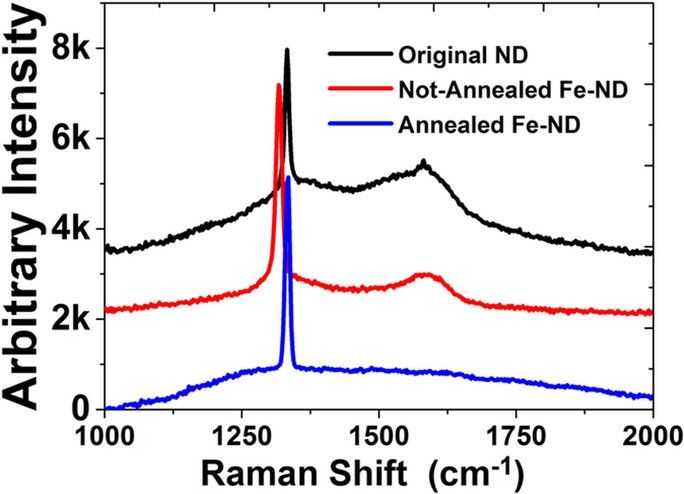Members of the Faculty of Physics, the Lomonosov Moscow State University have elaborated a new technique for creation of entangled photon states, exhibiting photon pairs, which get correlated (interrelated) with each other. Scientists have described their research in an article, published in the journal Physical Review Letters.
Physicists from the Lomonosov Moscow State University have studied an entangled photon state, in which the state is determined only for the whole system and not for each separate particle.
Stanislav Straupe, Doctor of Sciences in Physics and Mathematics, a member of the Quantum Electronics Department and Quantum Optical Technologies Laboratory at the Faculty of Physics, the Lomonosov Moscow State University, and one of the article co-authors says the following. He explains: “Entangled states are typical and general. The only problem is in the point that for the majority of particles interaction with the environment destroys the entanglement. And photons hardly ever interact with other particles, thus they are a very convenient object for experiments in this sphere. The largest part of light sources we face in our life is a classical one — for instance, the Sun, stars, incandescent lamps and so on. Coherent laser radiation also belongs to the classical part. To create nonclassical light isn’t an easy thing. You could, for instance, isolate a single atom or an artificial structure like a quantum dot and detect its radiation – this is the way for single photons obtaining.”
Read more
